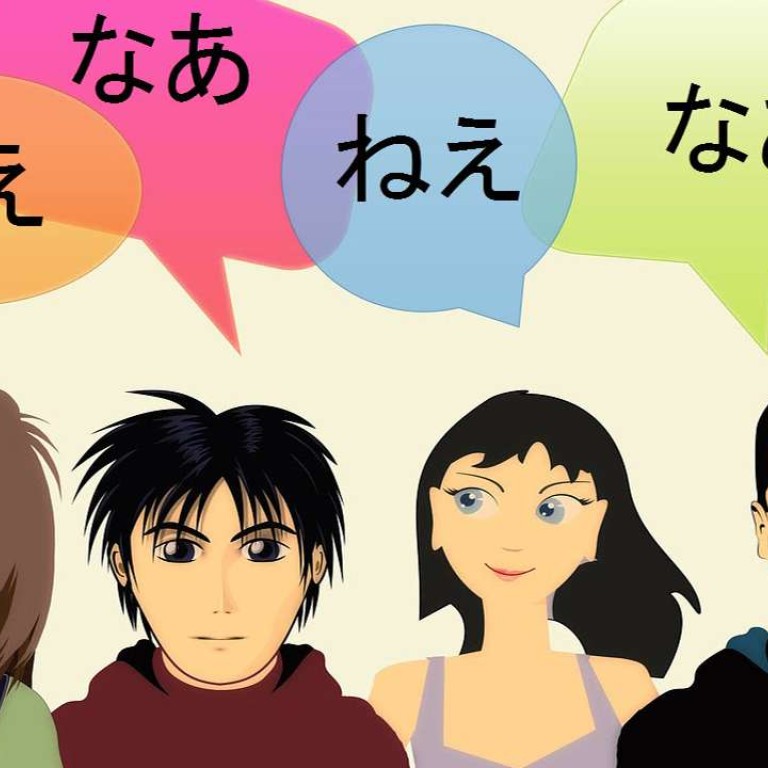
Review | Book review: Womansword – humorous dissection of Japanese take on genders
At a time when Western institutions are adopting gender-neutral language, author considers why Japanese language has gone the other way and contains so many gender-specific words
Womansword: What Japanese Words Say About Women
by Kittredge Cherry
Stone Bridge Press
3.5 stars
Princeton University, or at least its human resources department, recently promulgated new policies discouraging, if not quite banning, such terms as “man made”, “manpower” and “man” (as a verb). These are to be replaced with such gender-neutral terms as “artificial” and “staff” (as noun and verb).
“Workmanlike” is to become “skilful” (although they don’t seem exact synonyms to me). It’s easy to make fun of such pronouncements; after all, the use of male terms for gender-neutral concepts pre-dates even English itself. Exactly, women might reply.
It was with this political-linguistic issue in mind that I read Womansword: What Japanese Words Say About Women. Japanese is, or at least seems to be, an order of magnitude more gender-layered than English and Womansword is an attempt to pick these meanings apart; it does so with clarity and good humour.
It seems that on the whole, author Kittredge Cherry is of the view that gender differentiation in Japanese is a flexible device rather than one constituting an instrument of social exclusion; indeed, she intends the book “to honour the women of Japan”.
This is a linguistic question that has long been debated. Words mean what people think they mean. The argument against gender-specific language is that it reinforces gender stereotypes, perhaps insidiously if not explicitly. One counter runs that many languages have gender markers, and that in the Romance languages, the word for “war” (la guerre, la guerra, and so on) is feminine. Perhaps it matters when people decide it matters.

But in addition to being a sort of counterpoint to English-language gender politics, Womansword may interest general readers in other ways. One is the relationship between language and culture. For a language from a society that “values tradition as much as Japan does”, Japanese seems adept at coining new words, many of which carry layers of social and cultural, often pop-cultural, meaning.
A good number of these neologisms are formed by contracting together two or more other words: rikejo, a young woman with scientific leanings, comes from a contraction of rikei (sciences) and joshi (young woman). The component parts of these new words are often of foreign origin: sekuhara is sexual harassment; matahara is “maternity harassment”; 30-somethings who live with parents are known as parasaito shinguru, or “parasite singles”.
Other than perhaps the compound words of Soviet-era Russian, it’s hard to think of other languages which have engaged in this kind of compound-abbreviation word formation to this extent.
This edition of Womansword is a “30th anniversary edition”, which is an upscale way of saying “reprint”. The update consists of a new introduction which, while certainly an interesting essay in its own right, does not address in detail the issue of how the use of gender-specific vocabulary in Japanese may be changing.
Womansword may well bemuse the English-speaking (gender-specific) layman. By the political linguistic standards of English, Japanese’s penchant for coining gender-specific words would seem backward if not retrograde.
Yet Japanese women, if the book is to be believed, are active participants in this process. Japanese women, Cherry writes, keep on “inventing and inspiring new terminology to describe their changing lives”. Many of the new terms, such as “1.57 shokku” (the “shock” of fertility dropping to 1.57) are gender neutral, but quite a few, like rikejo, are not.
This process, Cherry seems to imply, is considered more empowering than the opposite. One can’t help but wonder what Japanese-speakers would make of American university guidelines on “gender inclusive” language use.
Asian Review of Books

